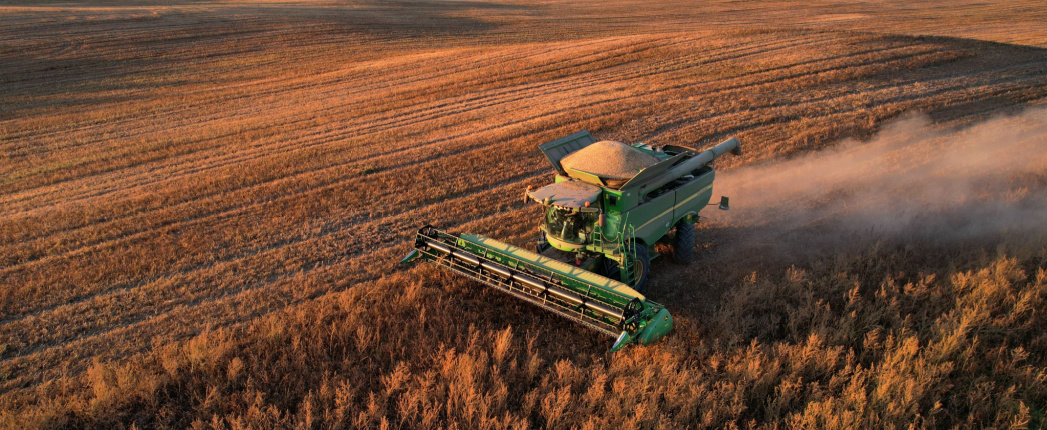
Russia’s finished lubricant production is expected to fall 7% to 1.8 million tons for the full year 2022 due to lower demand and Shell and TotalEnergies’ exit from the country, an industry observer predicted during a conference last week.
It is a return to the reduced production levels during the early stages of the COVID-19 pandemic in 2020. With Russia’s invasion of Ukraine entering its nine month, and multipronged Western sanctions continuing to sting the economy, the country’s lubricant industry is adapting to the new reality, an official from the B2X consulting firm said during RPI’s Russian Lubricant Market event in Moscow.
The market is also experiencing a “transition to alternatively imported lube additives and formulations, a lube additives deficit and increased difficulties for international lab testing and obtaining international approvals.”
As a result, Russia’s export of finished lubricants is expected to slump to 369,000 tons in 2022, a 31% decline. Similarly, the volume of lubricants imported into Russia is expected to decline by 27% to 268,000 tons this year.
A large amount of replacement of imported lubricants is going on in Russia these days, with end users actively seeking domestic, Chinese, Indian or Middle Eastern equivalents for Western products that are either scarce or not at all available in the country, B2X found.
“We register active import substitution amid the limited blending capacities of some Russian producers,” B2X Managing Partner Olga Poltavskaya said. “Also, we are observing increased interest of new investors in the market … and a big deficit of ‘premium’” or high-quality lubricants of 0W-40, 0W-30 and 0W-20 viscosity grades.”
“The product shortage across the board caused up to an 86% retail price increase,” she said, adding that the most sought-after motor oil viscosity grades in Russa now are 5W-30, 5W-40 and 10W-40.
In 2020, the COVID-19 pandemic battered the Russian lubricant market, and its lubricant consumption slumped 3% to 1.67 million tons. The following year the consumption rebounded to 1.71 million tons, B2X said.
However, the market is slumping this year too, to the level during the early stages of the pandemic in 2020.
In 2021, Russia consumed 655,000 tons of commercial vehicle lubricants, and B2X expects this number to decrease by 3% in 2022 to 635,000 tons. Passenger vehicle lube consumption is projected to drop 8% to 309,000 tons. The country consumed 728,000 tons of industrial lubricants last year and that level is expected to decline by 4% to 699,000 tons.
“In the automotive lubricant sector, the expected slump would be a result of the decrease of passenger car, commercial vehicle and ship transportation, as the internal travel and trade routes changing in the backdrop of the geopolitical confrontation,” Poltavskaya said, adding that the agricultural sector is the only one with expected growth.
The expected drop in the industrial lubricant demand is related to reduced activity in part of the machine building segment in the first quarter of 2022 and the lower number of government tenders in the industrial sector.
“The export-oriented enterprises in the timber, oil exploration and production and metallurgy segment mostly felt the blow,” Poltavskya said. “Also, we expect lower production activities in segments that depend on exported spare parts, materials, machines and equipment.”